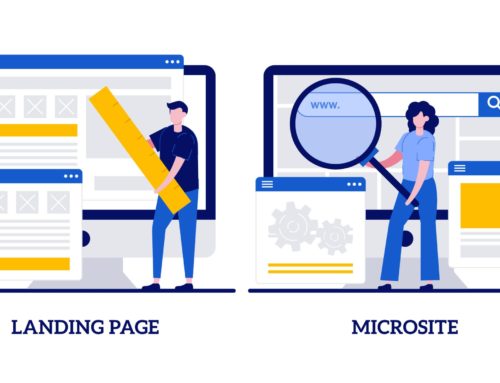One of my favorite uses of microsites is for grey hat marketing. How so? Let’s dive in.
First, what is “grey hat” marketing (also spelled “gray hat” marketing; I never quite understood why “grey” has two alternative spellings in English, and all the theories I’ve come up with leave me in a dark spot!). It’s marketing that’s not 100% kosher, but is also not explicitly not-kosher either.
Here’s an easy example: Imagine there is a loophole you can use to achieve a goal, and there’s nothing wrong with that loophole nor using it… it’s just that that loophole wasn’t originally intentional.
Here’s an example that is, of course, 100% hypothetical because it is 100% true that no company ride-sharing company whose name being with a “U” would ever do this. Imagine a company wanted to do something like, bring ride sharing into cities around the world where paying-for-rides (aka, taxis) are deeply regulated. Imagine they did that by explicitly breaking the regulations and, as part of that, paying all the fines, paying all the fees, paying for all the lawyers for all the drivers involved. (Side-note: if there is a regulation that you shouldn’t do X, but if you do X, then you’ll be punished with a fine of $Y; thus, if you willingly pay the $Y fine, is it bad to do X? Well–that’s why it’s greyhat!) So, imagine they explicitly planned to do this again and again and again, to get cities addicted to the money… then, when cities are addicted to the millions of dollars in fines they are getting–tell the cities that they need to change the regulations to regulate them so they can be fully legal and pay taxes, or else they will leave and thus the city will lose the millions of dollars a year in revenue it is making.
Genius, or insane? I don’t know–but definitely “grey hat”!
To be clear: no early investor in a company whose name begins with U- ever told me that this was their explicit strategy. No, no, no, don’t think that! Not at all! That wasn’t happening!
So, let’s apply this to microsite creation.
Let’s say you want to advertise something which Google strictly regulates. CBD may be one example. Lots of healthcare advertisements fall into this category as well, as well as a few other categories: certain types of law, for example.
One way you can get around those regulations is this: creating a new site that doesn’t use the sensitive words in question. (Remember, Google judges each site to determine if it should or shouldn’t be shown, etc.) And you create ads that also don’t use the sensitive words in question. But you can use the sensitive words as keywords in search ads. But without display the sensitive words in ads, nor on the destination sites–you’re largely safe.
Important observation: Google says we shouldn’t take ads on these subjects… but they still allow you to use these very words as keywords. If they truly didn’t want you to, they would not even let us take out ads on the keywords. In other words: Google is smart and all-knowing like The Eye In The Pyramid, and they know what we’re doing–and they blink that eye at us, to close it for a moment and not see it.
This strategy is strong because, without using the sensitive words in the ads or the target sites, you’re largely safe.
But here’s the thing: you can’t send the traffic to your normal, main, primary site. Why? Your main site, being your main site, will use the sensitive words all the time! And that will stop Google from approving the ads to that site.
And there’s a second reason, too: since Google can come down hard on this at any point–it is grey hat, after all, not white hat–you don’t want to ever risk anything to do with your main site.
The downside with this strategy is that it needs separate sites to use. And you know how to make that happen? Through microsite marketing–just boot up more, quality sites.






Morgan Friedman has been building and running Display campaigns on top of GDN Network of Adwords, err, he means "Google Ads," for almost 15 years. Friedman is, by nature, an obsessive optimizer, and has been A/B testing every obscure option, configuration, strategy, and tactic on Display Ads. Oh and search ads, as well as figuring out how to grow companies and politicians from just the seed to hundreds of thousands of users, or voters, as well. His favorite number is eleven. Morgan enjoys writing about Managed Placements.